The Château de Suscinio is a medieval fortress located in the Morbihan department of Brittany, France, near the Gulf of Morbihan. Built in the 13th and 14th centuries, it originally served as a hunting lodge and later as a residence for the Dukes of Brittany. Its design reflects its dual role as both a defensive structure and a comfortable ducal retreat. It is a must-visit castle, even if you are not closeby.
Click here to see where this incredible castle is located on Google Maps.
The château is surrounded by moats and features a distinctive polygonal layout, with multiple towers connected by thick curtain walls.
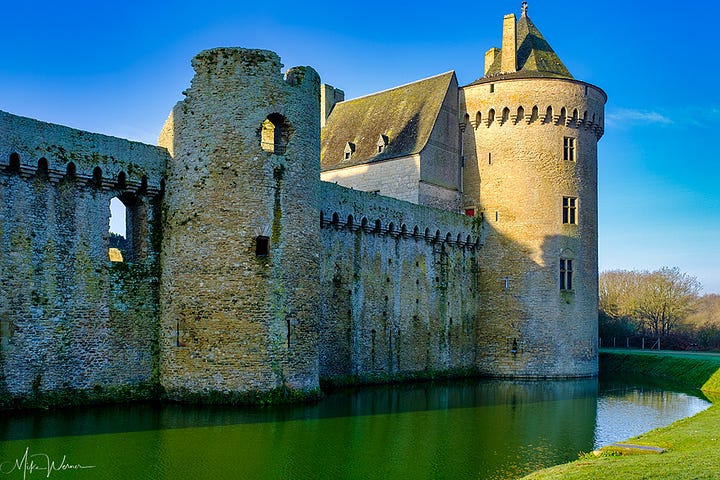
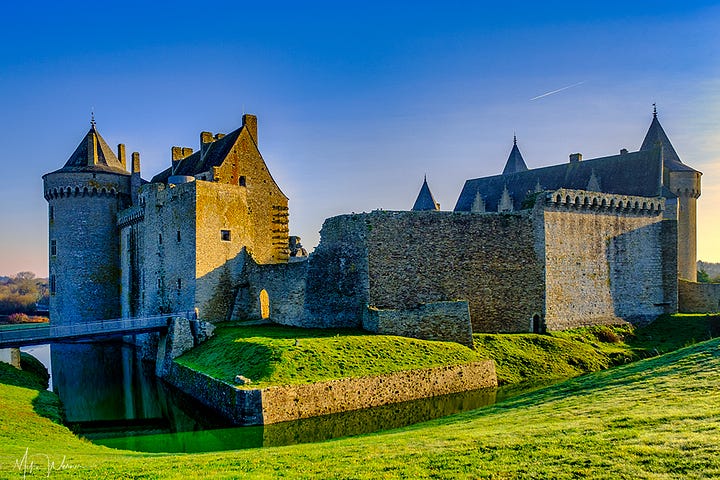
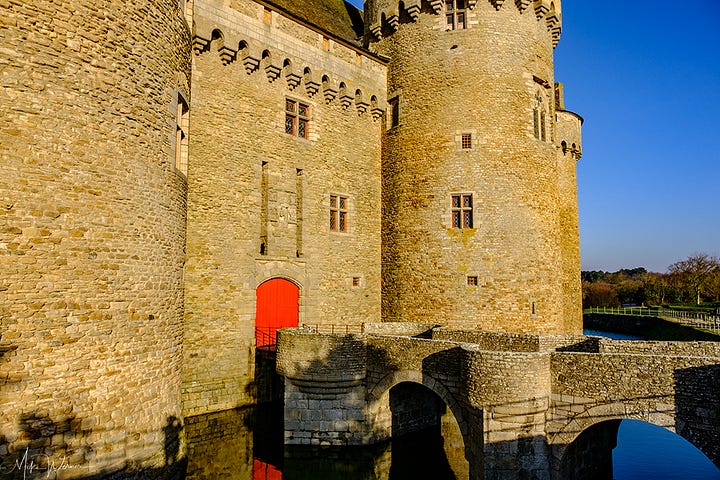
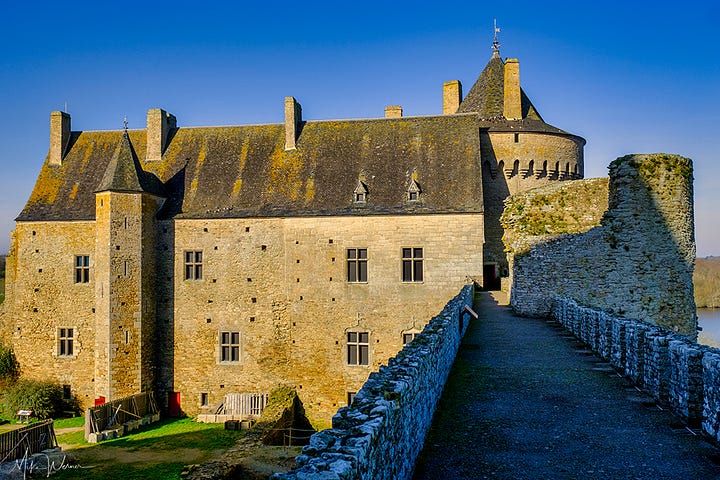
Over time, it was expanded and fortified to adapt to changing military needs. It includes a chapel, living quarters, and other facilities typical of medieval castles, showcasing both Gothic and medieval architectural styles.
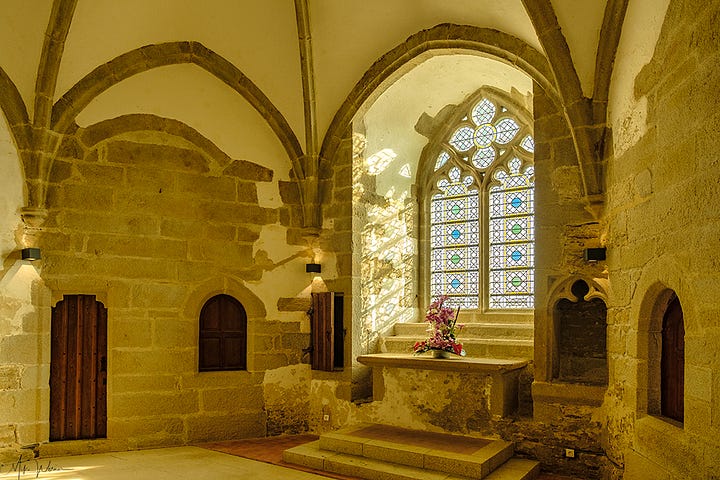
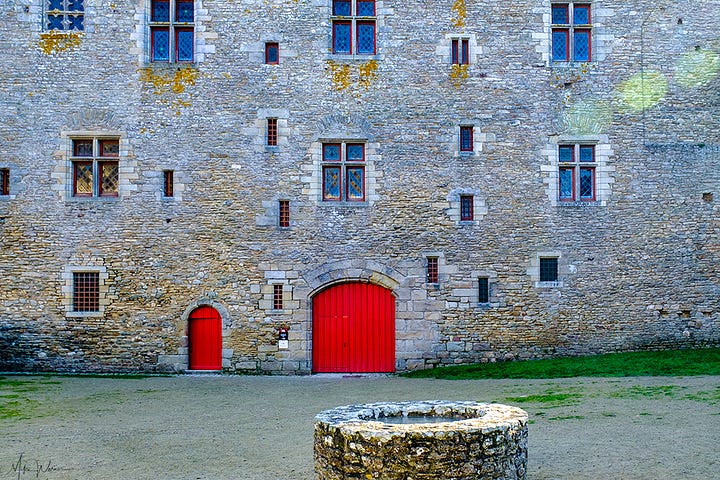
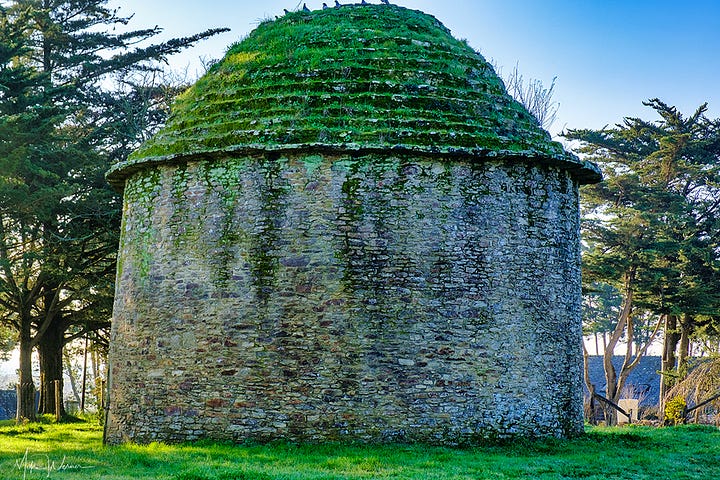
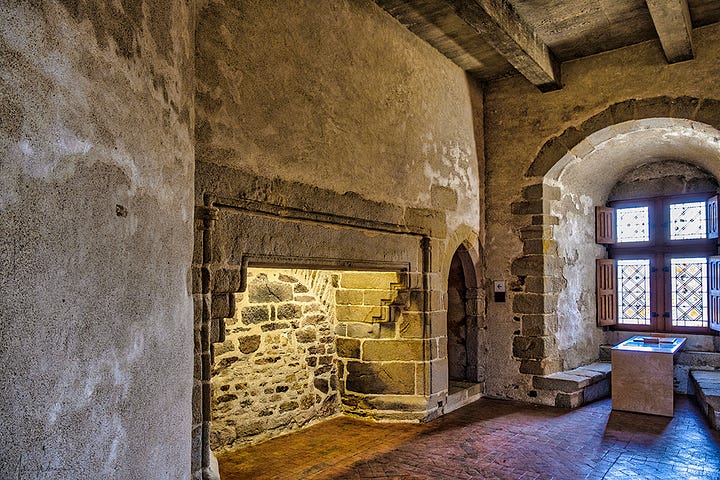
NOTE: The pigeon house in the third photo is a tower situated at a distance from the main occupied buildings. It features 700 pigeonholes that span its entire height and circumference, specifically designed for breeding pigeons. This structure safeguarded the birds from predators such as foxes, weasels, and other vermin. In the Middle Ages, pigeons were coastal birds, and their meat was considered a delicacy. The practice of breeding pigeons was an exclusive privilege reserved for the nobility.
In the 16th century, the château fell into disrepair following the decline of the Duchy of Brittany and its integration into the French Crown. It was abandoned for centuries and suffered further damage during the French Revolution when its stones were repurposed for local construction.
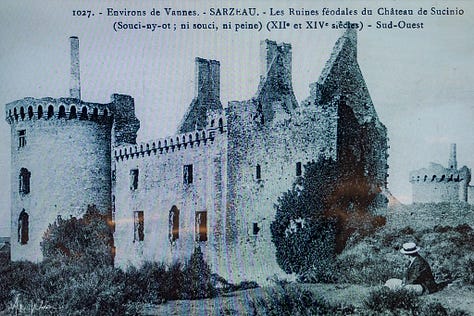
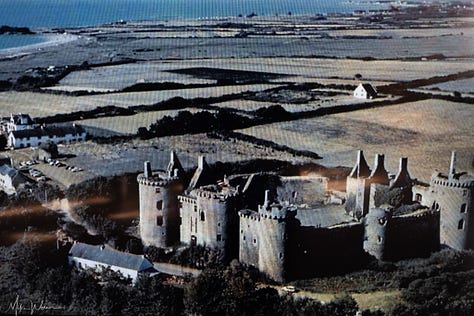

Restoration efforts began in the 19th and 20th centuries, bringing the château back from near ruin. Today, it is a well-preserved historical site and a popular tourist destination. Visitors can explore its impressive architecture, the surrounding marshlands, and its museum, which houses artifacts from its storied past, including medieval tiles and archaeological finds.
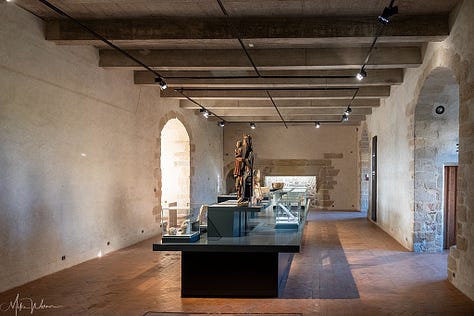
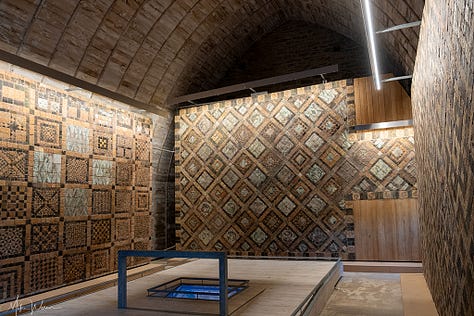
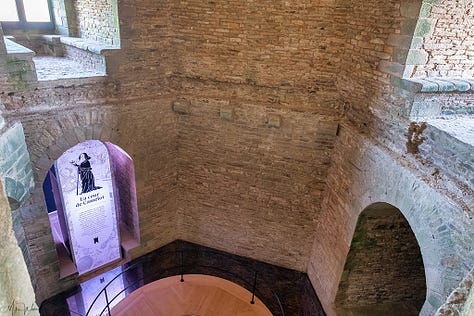
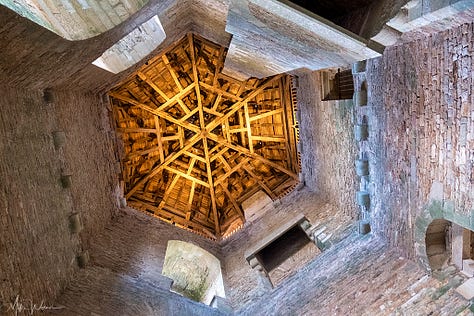
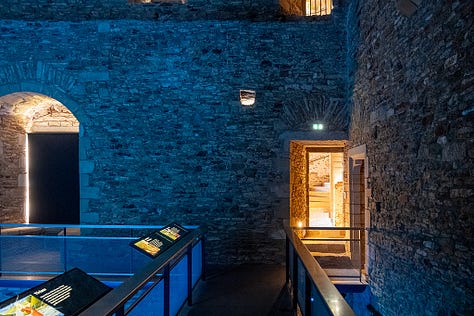
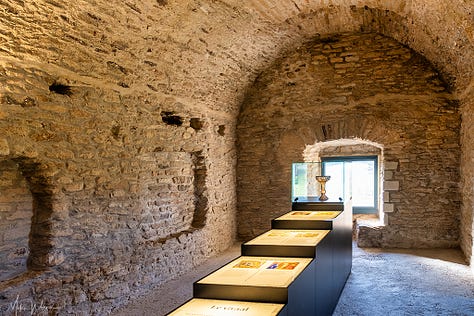
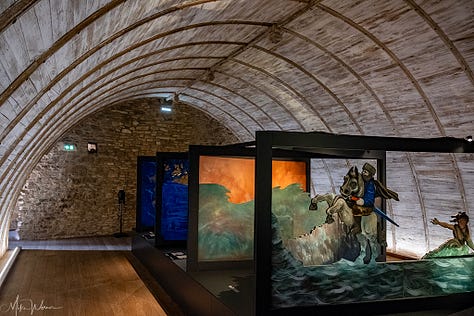

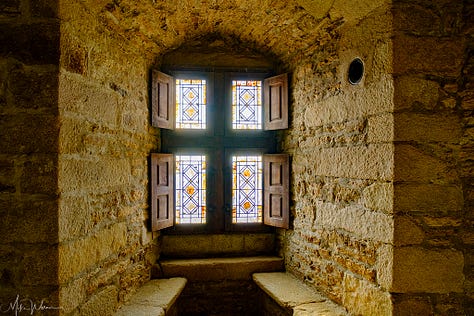
NOTE: In the 3rd and 6th photo, you will see mentions of Camelot and the Holy Grail. The Château de Suscinio has been speculatively linked to the Holy Grail through local lore and its historical setting in Brittany, a region rich in Arthurian and Grail-related legends. Although there is no historical evidence directly tying the château to the Holy Grail, its geographical and cultural context invites intriguing interpretations.
Brittany is closely associated with Arthurian legends, particularly the stories of the quest for the Holy Grail. The region's mystical forests, ancient stone sites, and medieval castles have long been romanticized as part of the landscape in which Arthurian myths unfolded. Some stories suggest that Brittany was a key location for knights in the Grail quest, blending elements of Celtic and Christian traditions.
The Château de Suscinio, with its medieval origins and connections to the Dukes of Brittany, fits into this narrative as a potential site of significance. Its secluded and fortified nature evokes imagery of a hidden or protected treasure, much like the Holy Grail itself. Additionally, the château’s historical function as a ducal residence places it within the broader context of noble families who were often depicted as central to Grail legends in medieval literature.
Speculation about its ties to the Grail may also stem from broader romantic and esoteric traditions. During the 19th and 20th centuries, with the rise of renewed interest in the Middle Ages and Arthurian legends, many historical sites like Suscinio were reimagined as part of these grand stories, even without concrete evidence.
The Château de Suscinio stands as a testament to the region's medieval heritage, blending historical significance with picturesque surroundings, making it an iconic landmark in Brittany.
This is a must-see castle for anyone traveling to this part of France. It's well worth making a significant detour to experience it! The castle is enormous, with top-tier exhibits that are sure to captivate visitors of all ages, making it an unforgettable destination for both the young and the young at heart.
Click here to access their website.




